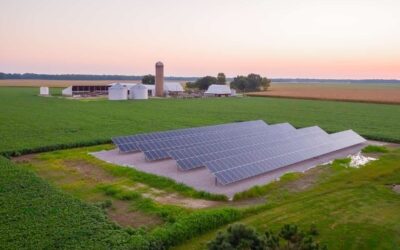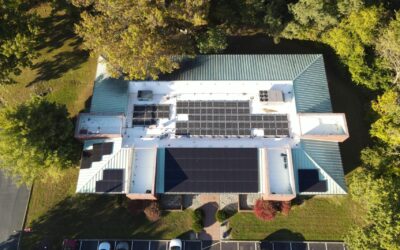We’re frequently asked how to maintain solar panels after they are installed. However, once you have your energy-saving solar array installed, it’s easy to keep your solar panels well maintained and working efficiently.
Here we’re sharing our pro tips to ensure your panel’s optimal performance year round.
Visually Inspect Your System
Occasionally, you can inspect your solar panels, looking for an visual defects. Here are a few of the key things you can look for when you check out your panels:
- Keep your eyes peeled for defects such as cracks, chips, de-lamination or discoloration. If you have any questions or concern about something you find on your panels, take a quick photo and send to your EFS Energy contact. We’ll be happy to help you clarify exactly what you’re looking at.
- Some rust is OK, however take note if things such as bolt appear to be loose or have excessive rust. These items may need to be replaced.
Snow & Ice: Be Cautious
Winter is coming in St. Louis and the Midwest. When clearing away snow and ice, be sure to work slowly and safely. If your solar panels are located on rooftops and there is a risk of falling off, it may be best to leave ice and snow alone until they naturally melt away. It’s also super important that you don’t walk on solar panels, ever. The surface can easily become slippery, and you could easily damage your solar array or even injure yourself!
Wash Gently
The simplest solution to taking great care of your solar array? A gentle water rinse. Wash your panels with water where you notice built up dirt or dust. Even if it’s been awhile since you’ve last inspected and maintained your solar panels, you can use water and a soft sponge, working to remove thick grime or dirt.
And, that’s it! One of the awesome benefits of going solar is how easy it is to maintain your solar panels. If you’re having a more serious issue with your solar array, learn more about EFS Energy’s solar repair and maintenance services here. We’ll work to make sure your system is working efficiently, producing the amount of solar energy that it should be.




